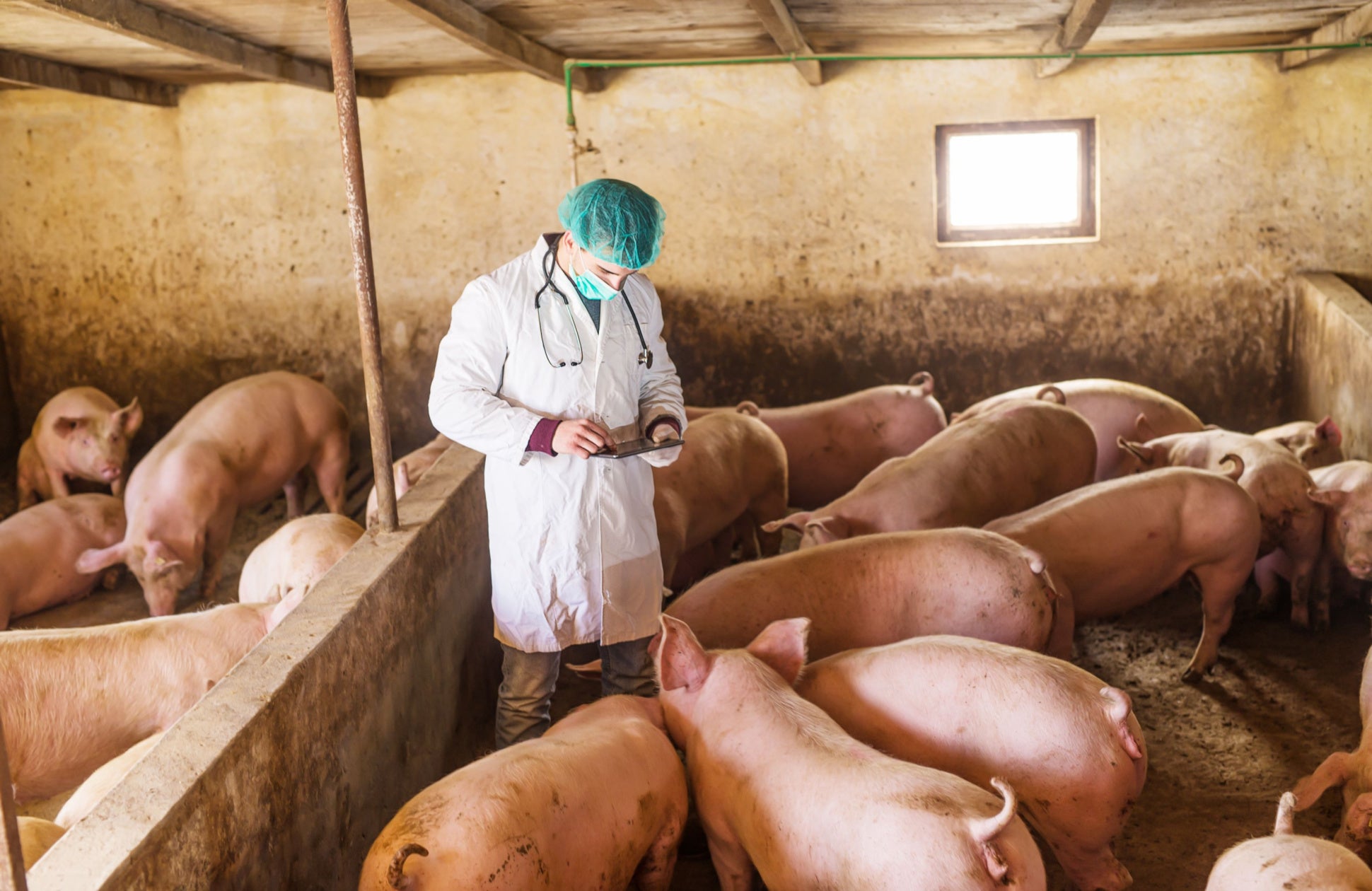Inflation is high and a global recession is looming. The pandemic was the primary cause. Firstly, Covid stimulus packages worth trillions of dollars pumped more money into economies around the world in 2020 and 2021, and prices have risen accordingly.
Secondly, lockdowns in 2020 caused oil demand and, therefore, prices to plummet. This caught OPEC and other oil-producing nations off-guard in 2020 and hammered their profits, prompting them to cut production between April 2020 and April 2022 to increase oil prices in anticipation of demand returning as lockdowns eased and demand increased during this period. Oil prices have risen further since February 2022 because Russia cut gas supplies to Europe in response to Western sanctions over its invasion of Ukraine.
Livestock diseases having a global effect
In short, an increased money supply and rocketing oil prices have made everything more expensive, producing the current cost-of-living crisis, and worse looks set to come as diseases are affecting global food supplies.
Unfortunately, an unprecedented bird flu epidemic and the residual effects of the African swine fever outbreak across Europe and Asia are diminishing supplies and increasing the prices of certain food products. This is putting consumers under even greater financial pressure.
Bird flu
Bird flu is a type of influenza that spreads among birds. Pathogenicity and virulence differ from variant to variant, but less severe variants can mutate into highly contagious, highly lethal strains that can kill 90–100% of a flock within 48 hours.
The current bird flu epidemic is widespread. 48 million domesticated birds have been culled in 37 European countries, and 49 million have been culled in 46 US states. The disease has even spread to China. According to the Guardian, the number of cases of bird flu in domesticated birds from June to September 2022 is five times higher compared to the same period in 2021. In November 2022, the chief executive of the British Poultry Council claimed that the UK had lost 40% of its free-range turkey flock.
How well do you really know your competitors?
Access the most comprehensive Company Profiles on the market, powered by GlobalData. Save hours of research. Gain competitive edge.

Thank you!
Your download email will arrive shortly
Not ready to buy yet? Download a free sample
We are confident about the unique quality of our Company Profiles. However, we want you to make the most beneficial decision for your business, so we offer a free sample that you can download by submitting the below form
By GlobalDataAs a result, eggs and turkey prices have increased dramatically in 2022. According to the US Bureau of Labour, the consumer price index for eggs rose 10.1% in October 2022 alone, meaning eggs are 43% more expensive than in October 2021. Turkey prices have inflated even more and are now 85% greater than they were in October 2021.
African swine fever
African swine fever (or ASF) is a highly contagious viral disease affecting domestic and wild pigs, with severe variants having a 100% mortality rate. Since 2018, South-East Asia has been dealing with a catastrophic ASF epidemic. By August 2019 (a year after the first confirmed case of ASF) roughly five million pigs had been culled in South-East Asia. According to Reuters, Chinese pork production in 2019 was down 21% compared to 2018. According to the National Bureau of Statistics, Chinese pig prices in January 2020 surged to a 116% increase over January 2019.
China managed to stabilize its pork production in 2022, but ASF continues to impact pork markets. In October 2022, the European Commission forecast that EU pork production in 2022 would decrease by 5% because of inflated input costs and the disruption caused by ASF. Reduced supply will inevitably result in increased prices.
The Potato Famine (1845-1849)
A glance at history reveals how badly livestock and crop diseases can exacerbate economic crises. The potato famine of the 1840s is an infamous example. Between 1845 and 1849, a new strain of potato blight ravaged Europe’s potato harvest. According to O Grada et al. in ‘The European Subsistence Crisis of 1845-1850: a comparative perspective’, potato yields in 1845 fell by 87% in Belgium, 20% in France, 71% in the Netherlands, and 30% in Ireland (thought this would balloon to 88% in 1846, with tragic results). Potatoes delivered on average 10–30% of necessary daily calories in Europe before the harvest of 1845, so the blight was effectively a stranglehold on a vital source of nutrition.
Worse still, the potato famine coincided with disastrous wheat and rye harvests throughout Europe, with Dutch, Prussian, and Belgian rye harvests decreasing by 40–50% in 1846 according to O Grada et al. As a result, skyrocketing food prices limited consumers’ disposable income, producing a recession and what is now dubbed ‘the hungry forties’. The political revolutions that rocked Europe’s monarchies in 1848 were, in part, a by-product of the miserable economic conditions of this period.
Stability of global food markets at risk
Luckily, the current bird flu epidemic and residual effects of ASF are not wreaking the same sort of economic turmoil inflicted by the potato famine in Europe in the 1840s. Nonetheless, the stability of global food markets is more important now than ever before. According to the United Nations, the global population will increase by roughly two billion people in the next 30 years. Population and economic growth will be focused in developing nations, where growing household incomes and accelerating urbanization will drive demand for meat and dairy products.
Furthermore, the threat posed to livestock health and, therefore, to global food markets by infectious diseases will increase over the next century. Uncurbed, climate change will disrupt ecosystems, resulting in more frequent contact between wild and domesticated animals and a greater likelihood of interspecies transmission of disease. According to Caminade et al. in ‘Impact of recent and future climate change on vector-borne diseases’, the maximum reproductive rates of the most harmful tropical vector-borne diseases “consistently peak at relatively high temperatures”, which is far from ideal on a warming planet.
The Bluetongue outbreak in Northern Europe in 2006 is a good example of climate change amplifying the danger posed by animal diseases to food markets. Bluetongue is transmitted via a type of midge that is native to the African continent. As a result, before the outbreak in 2006, it was assumed that these midges would not be able to transmit Bluetongue in colder, northern European climates. After causing severe financial damage to Europe’s farming industry and being temporarily eradicated by the development of a vaccine, Bluetongue returned to Europe in 2015 and has remained ever since.







